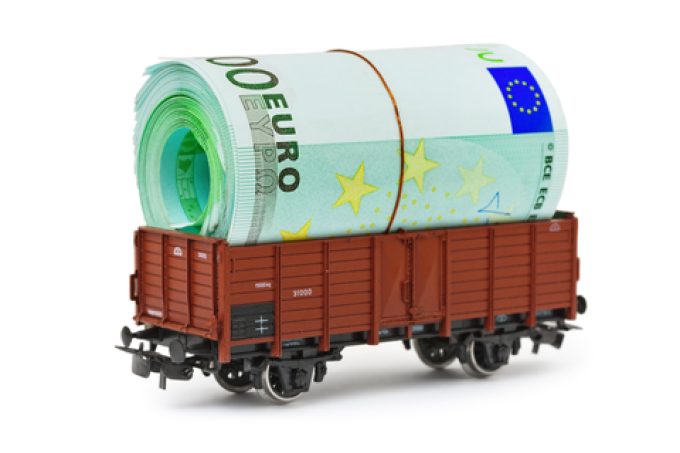Road freight decarbonisation will be a battle, say logistics players
Forwarders and carriers “will have to fight” to stress the importance of decarbonisation to customers ...

The European Commission (EC) has approved a €1.7bn German state aid scheme to support rail freight operators and facilitate the modal shift from road to rail.
The aim of the scheme is to help rail operators of single and group wagon transport to subsidise high operating ...

Comment on this article